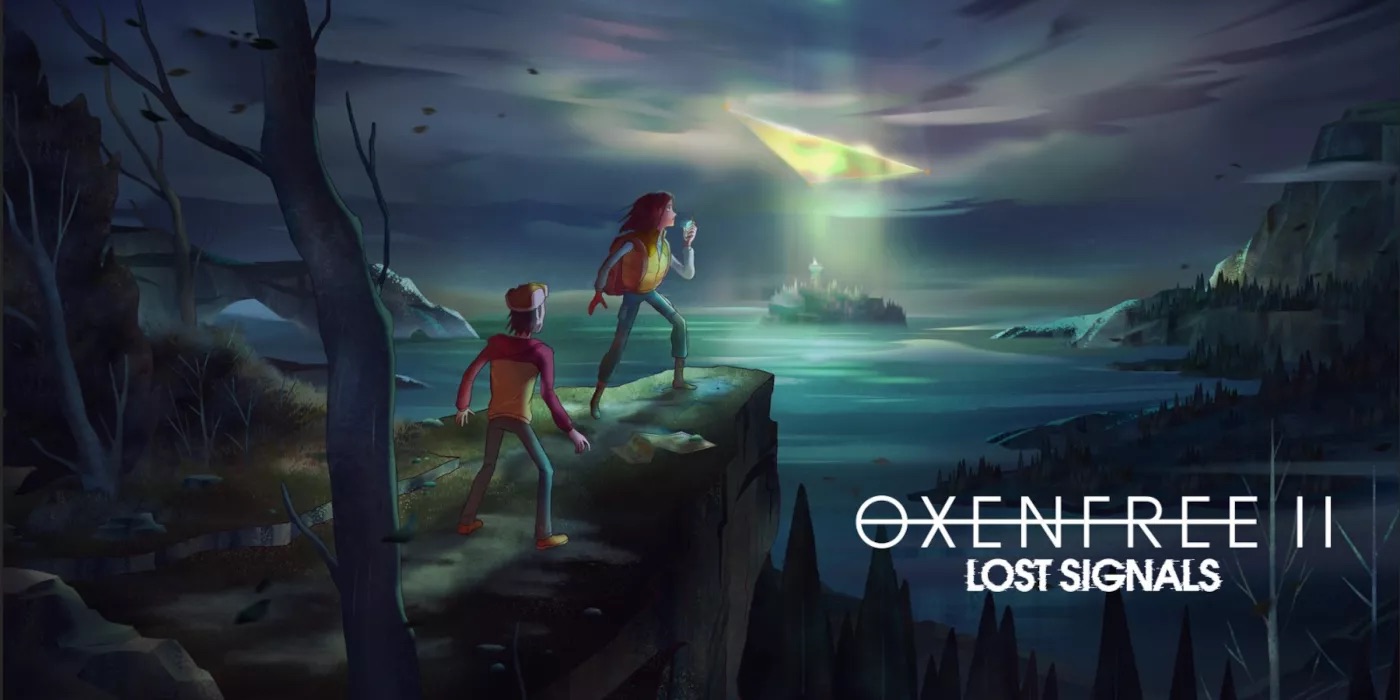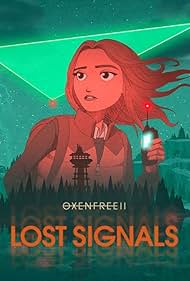While I absolutely love something you can pick-up-and-play, you simply cannot beat a game that draws you in with the strength of great storytelling and atmosphere: those games that grab you by the soft parts and don’t let go, giving you that “I just have to see more” feeling. One such experience for me was Night School Studio’s 2016 spooky adventure, Oxenfree, which had me absolutely hooked from the moment I turned it on. Flash-forward seven years and the highly anticipated sequel, Oxenfree II: Lost Signals, has landed, and I couldn’t have been more excited to tune into it.
Oxenfree II tells the story of Riley, a native of Camena, Oregon, who has recently made her way back to her hometown for reasons that become clearer as the game progresses. You control Riley as she, alongside her new co-worker, Jacob, undertake the task of setting up transmitters around the town’s coastline, in order to track the effects of unexplained electromagnetic signals for an environmental group. What we quickly discover is that Camena is just a short boat ride away from Edwards Island, the setting for the original Oxenfree, and that the phenomena you’re studying are those same spooky radio signals that caused the shenanigans of the first game to unfold.
First off, Oxenfree II does a good job of weaving a standalone story from the fibres of the first game, and I’d say that it’s not entirely necessary to play the original in order to enjoy the sequel. While I did feel like I had a better grasp on the nuances of the story by having played the previous instalment, you can definitely dive in and enjoy the game without committing to playing the first one if you don’t want to (though I totally think you should!)
Weird and sinister surprises plague Riley as part of her adventure, and the heavy, ghost-laden atmosphere would give any supernatural-horror movie a run for its money. Unlike most cheap-scare movies though, through its characters, Oxenfree II offers some beautifully relatable moments amidst all of the supernatural goings on, and I enjoyed the part that each character played in the overall presentation. The plot inches forward to reveal Rileys backstory, details about Alex, Maggie Adler, and the crew of the Kanaloa from the first Oxenfree game, along with introducing a host of other secondary and tertiary players that give Oxenfree II an interesting cast and a great story. For my money, there wasn’t any deadweight.
The standout strength of Oxenfree II is the performance of the voice-cast, who do a tremendous job of pulling you into the world and really connecting you to the characters. The entire cast do an excellent job, but Joe Bianco especially stands out as the melancholy yet loveable Jacob Summers, and Alaina Wis as your worried, and sometimes frantic boss, Evelyn. Elizabeth Saydah is just excellent as Riley Poverly though, delivering genuine concern, snippy sarcasm or heartfelt guidance as directed by your dialogue choices, and in a way that makes each line feel like a real reaction for the scene happening around her – the performance gave me a real sense of who Riley is throughout the game.
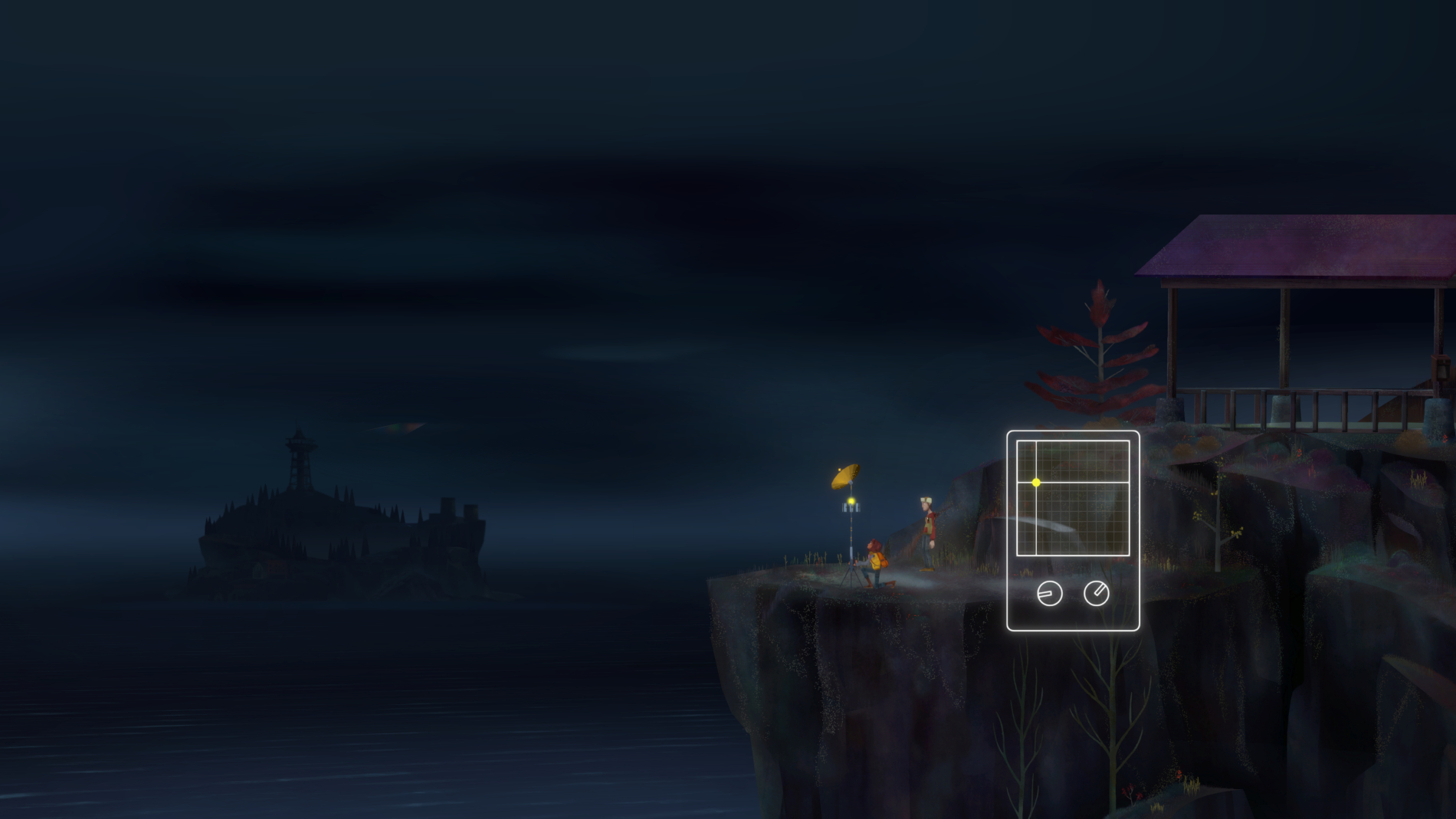
Credit needs to go to the script writing too, as I never felt like I was offered a dialogue choice that didn’t fit the occasion or the character, and I felt very much in control of how Riley reacted to any given situation. You’re actually given a lot more time to choose your dialogue options than in the first game, and while this certainly makes the sequel more accessible, I quite enjoyed the way that the original Oxenfree put me under pressure to choose an option on the fly, and gave that realistic sense of being ‘on the spot’ in a conversation. The script isn’t entirely perfect, of course – there were moments when I felt the characters seemed a little too calm and collected for what was going on around them, but then I appreciate that listening to everyone communicate only in babbling, terrified delirium would have gotten really old, really fast.
As good as the voice acting is though, I chose to play the game with the subtitles on, as the weirder voices in the game can sometimes be hard to catch. With radio signals being a key component of the story, it will come as no surprise that some of the spookier characters communicate with Riley through her walkie-talkie or her FM radio, and as you’d expect, those already crackly voices come with their fair share of static and interference. Honestly, it’s super characterful and certainly not a criticism – just a nudge that if you’re going to play the game, you’ll definitely get the most out of the background and radio conversations by turning the subs on.
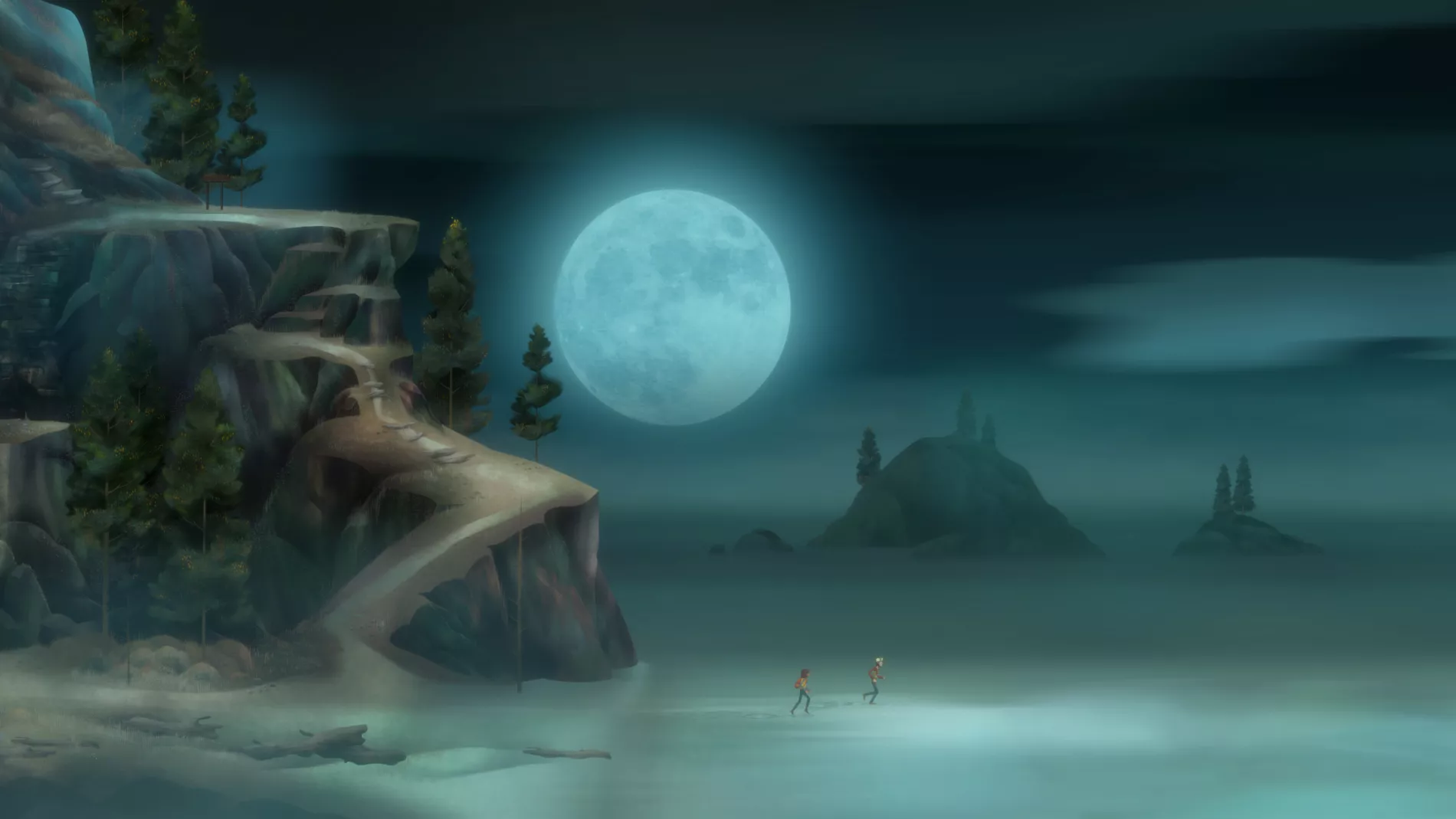
Physical, hands-on gameplay isn’t really how Oxenfree II sets out to wow you as a player, and as such, there isn’t much to write home about on that front. You’ll be asked to steer Riley around town and click on any features to start a dialogue or interact with them, and much like the first game, you’re able to flip through Riley’s walkie-talkie channels to chat to different people, or tune her radio to various channels to listen in and interact with puzzles, but that’s about it. There are a few collectables to find too, should you wish, adding extra, but non-essential info to the story for those who choose to seek them out. I’d describe the gameplay as slow but meaningful, with large chunks of walking back and forth offering Riley and Jacob plenty of time to interact, shaping their relationship and the story. I did find some of the clickable windows a little on the small side; sometimes finding it a little fiddly to get Riley into the right spots to climb or jump, but nothing egregious enough to really get up my nose.
Genuinely annoying though, was the pretty sizeable problem I ran into in version 1.3.3 on Switch, where changing the walkie-talkie channel often caused the game to crash entirely. I had to play the intro to the game three times because of this issue occurring before any autosave had taken place, and it popped up in a few other segments as well. This made me a little fearful from using the walkie except when prompted, and actually really hurt my immersion in the game. I didn’t feel like I could check in on various characters over the radio, as I didn’t want to risk having to replay chunks of travel and conversation, and this probably meant that I missed some meaningful interactions with the peripheral characters during my playthrough, which is a shame.
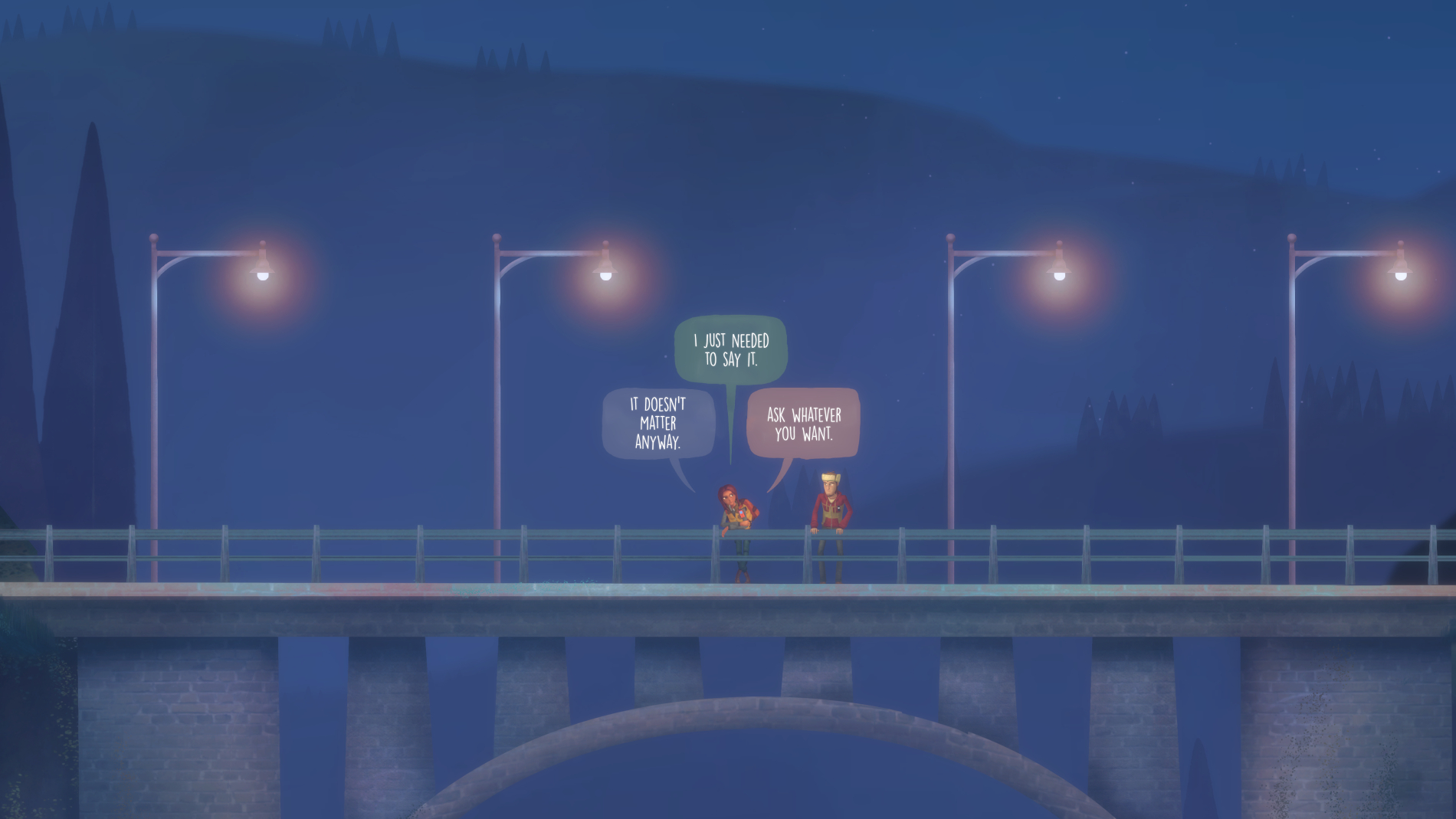
Visually though, Oxenfree II is a joy to play. The environments are beautifully hand-painted and give the entire game a storybook-like appearance. There are simple but broad backgrounds and rich, detailed foregrounds that give the visuals a wonderful sense of depth. The use of a soft, muted palette really helps to emphasise the strangeness of the supernatural elements too, which are immensely vibrant by comparison. There were occasions when I couldn’t quite discern foreground from background which made things a little tricky, and for how well drawn the map is, I didn’t find that especially helpful either, which in conjunction lead to me sometimes wandering around before finding where to go – but since the game is pretty and the dialogue strong, I didn’t hate getting lost.
Crashes aside, perhaps the only flaw in Oxenfree II is that it may feel almost too similar to the first game. All of the elements that made the first game so unique -the radio, the heavy use of timed dialogue choices, the apparitions- all make a return, and with very few wholly new elements, Oxenfree II offers pretty much more of the same. The sense of creepiness surrounding the radio and the bizarre nature of the time loops will no longer offer the same sense of mystery to fans of the original, leaving me with the feeling that there’s an element of the dark intrigue missing that helped drag me into the original Oxenfree so wholeheartedly.
It would be criminal to sign off this review without mentioning the stellar soundtrack to Oxenfree II, which adds an incredible amount to the presentation. With a heavy emphasis on synth, it will likely remind players of Netflix’ Stranger Things, and in truth, there are probably more parallels than just the soundtrack when you look at the broader picture. There’s a great mix of light melodies to underscore the playful chatter of the main characters and weirder, warblier tunes to add to the mystery and strangeness of the storyline. It isn’t as booming and organ-like as in the first game and so perhaps feels somewhat less sinister, but I think this softer sound helps to accentuate the human elements of the game over the supernatural, which I thoroughly enjoyed.
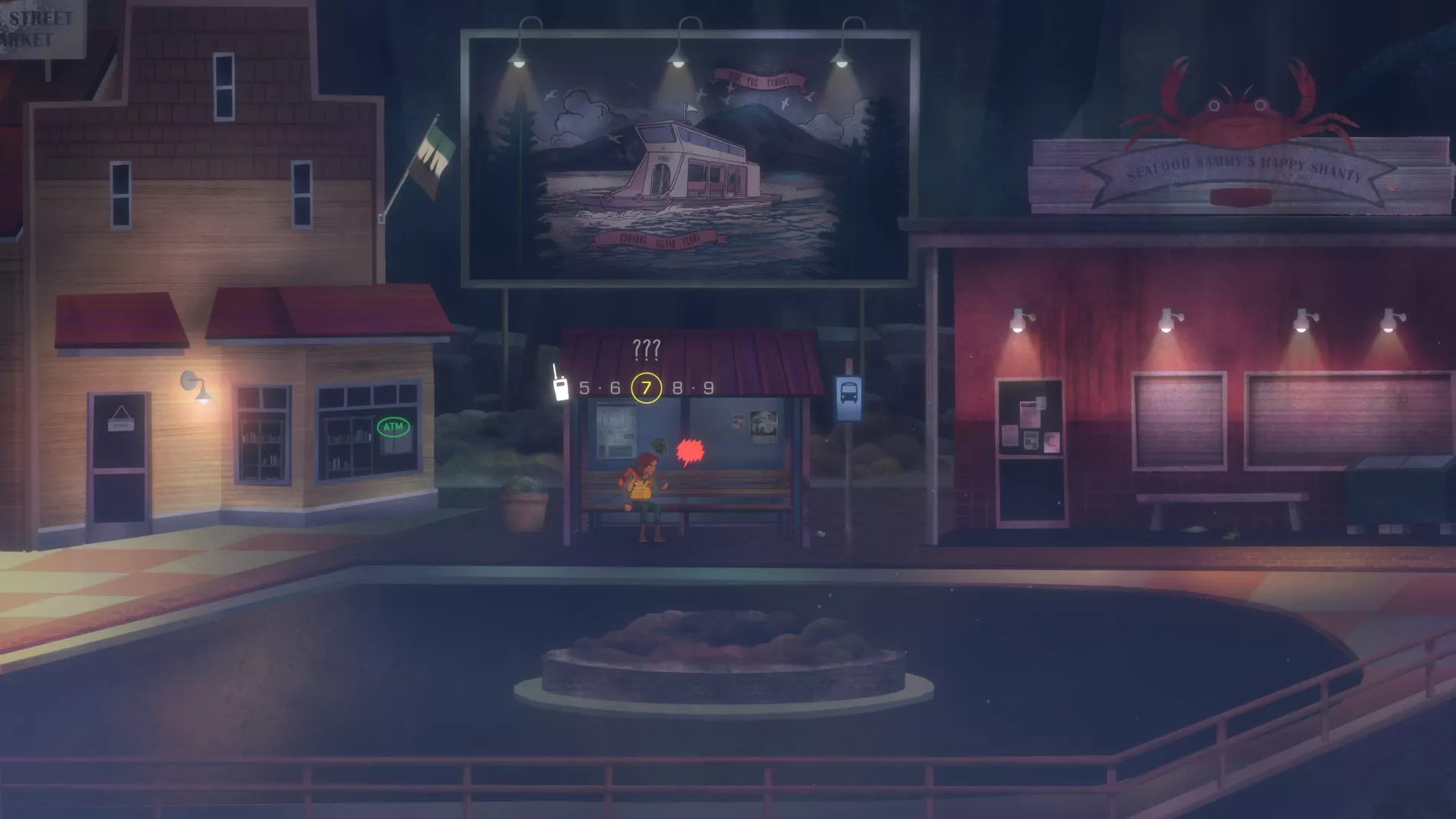


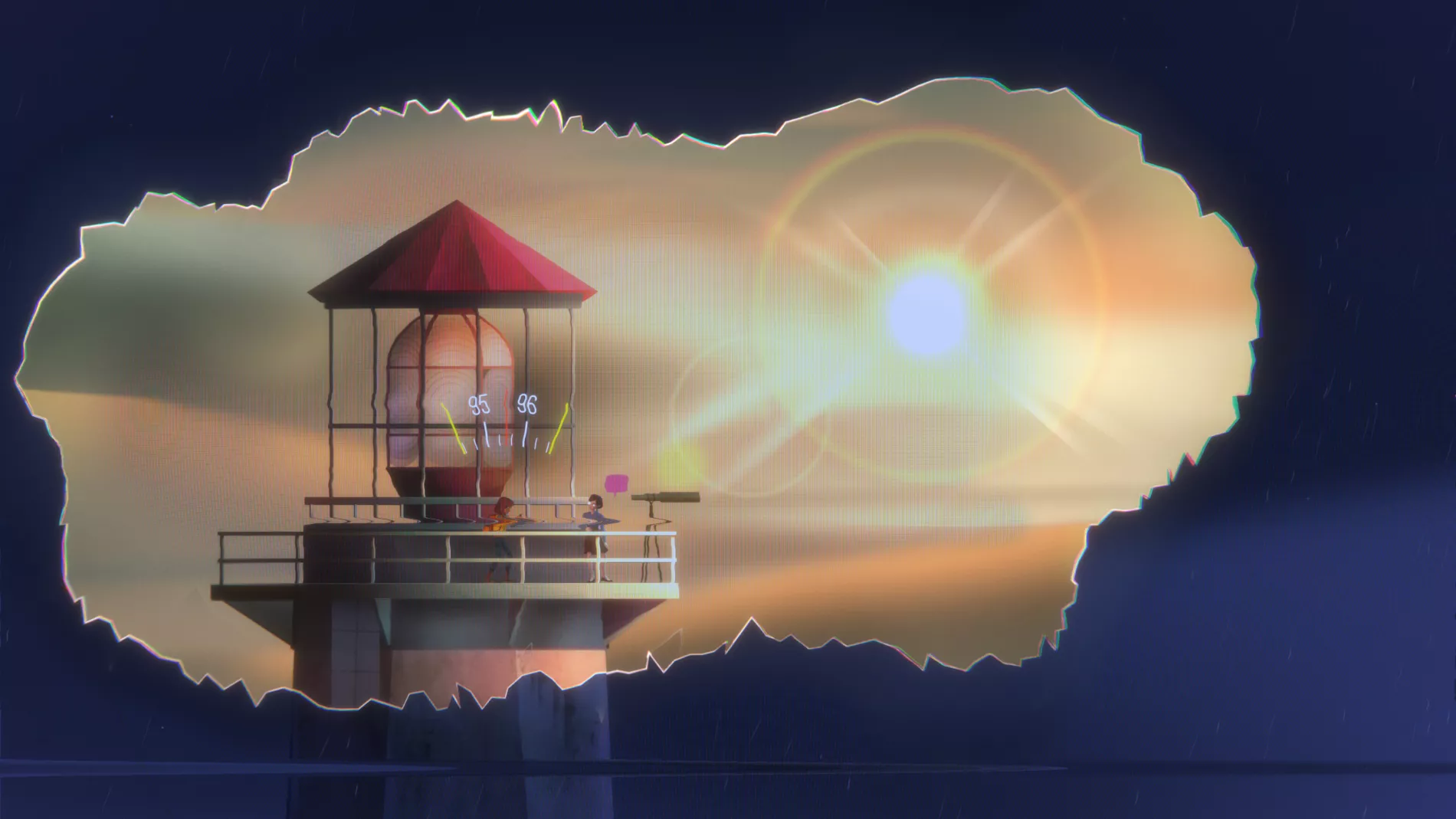

Oxenfree II: Lost Signals is a wonderful advertisement for games absolutely competing with movies -and even books- at telling a meaningful and engaging story. With a tremendous voice-cast, a heartfelt script and impactful dialogue options, Oxenfree II puts you firmly in the position of ‘captivated audience member’ and ‘engaged player’ at the same time. Fans of the original game will be treated to equally lovely visuals and atmospheric soundtrack as those boasted by the first Oxenfree, but I did get the feeling that the similarities are perhaps a little too strong, with the unique gameplay elements that made the original so memorable not quite having the same impact the second time around.
Recommendation Score
In the interest of full disclosure, VGamingNews was provided with a copy of the game in order to conduct this review.


